Xiaomi TV Stick 4K is the company’s latest entry-level 4K media streaming device. It’s the usual kind of compact dongle-like design that has become very popular with consumers as media streaming usage skyrockets. This new model supports most of the popular new audio/video formats along with the new Google TV interface. Priced at INR 4,999, the Xiaomi TV Stick 4K goes head-to-head with the Amazon Fire TV Stick 4K, which retails for the same price.
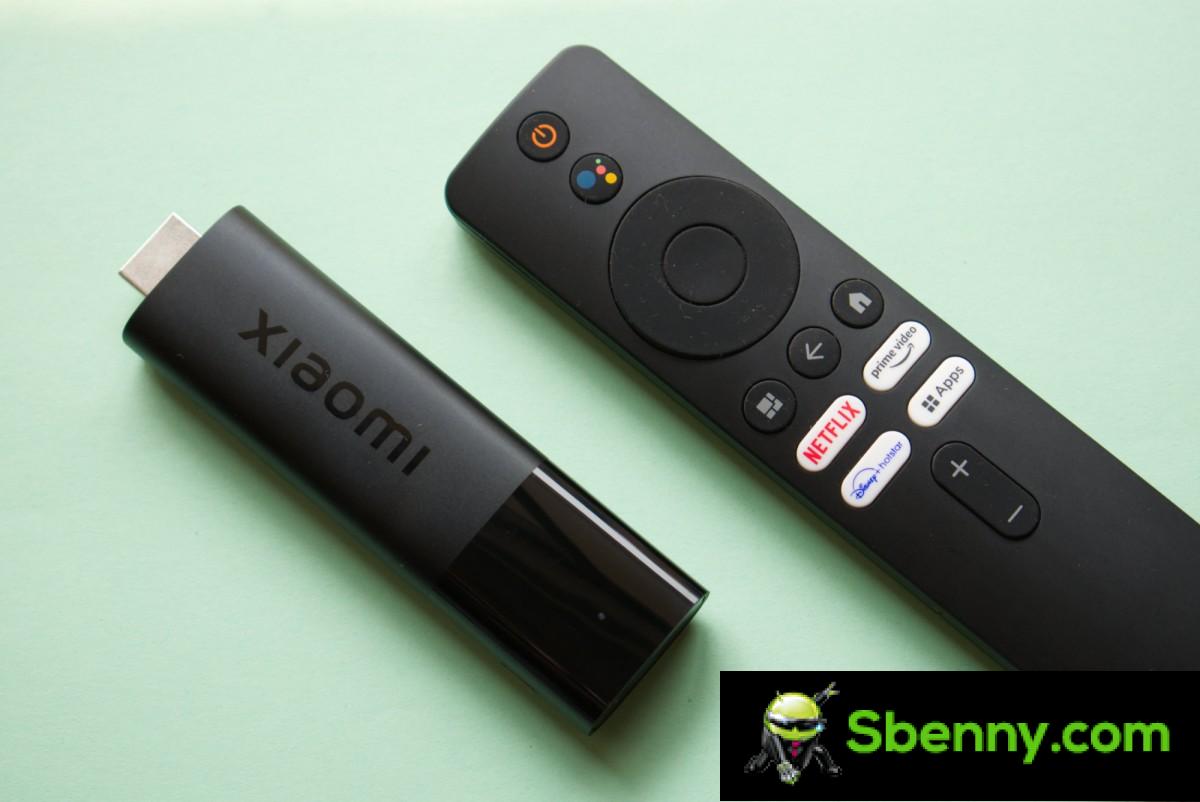
Design and remote control
Xiaomi TV Stick 4K comes in a simple paper packaging. Inside, you’ll find the streaming stick, a Bluetooth remote control, a 5W power adapter, and a charging cable with a microUSB connector. Also, while the box doesn’t mention it, an HDMI extender is included in case you have a hard-to-reach or busy connection area at the back of your TV.
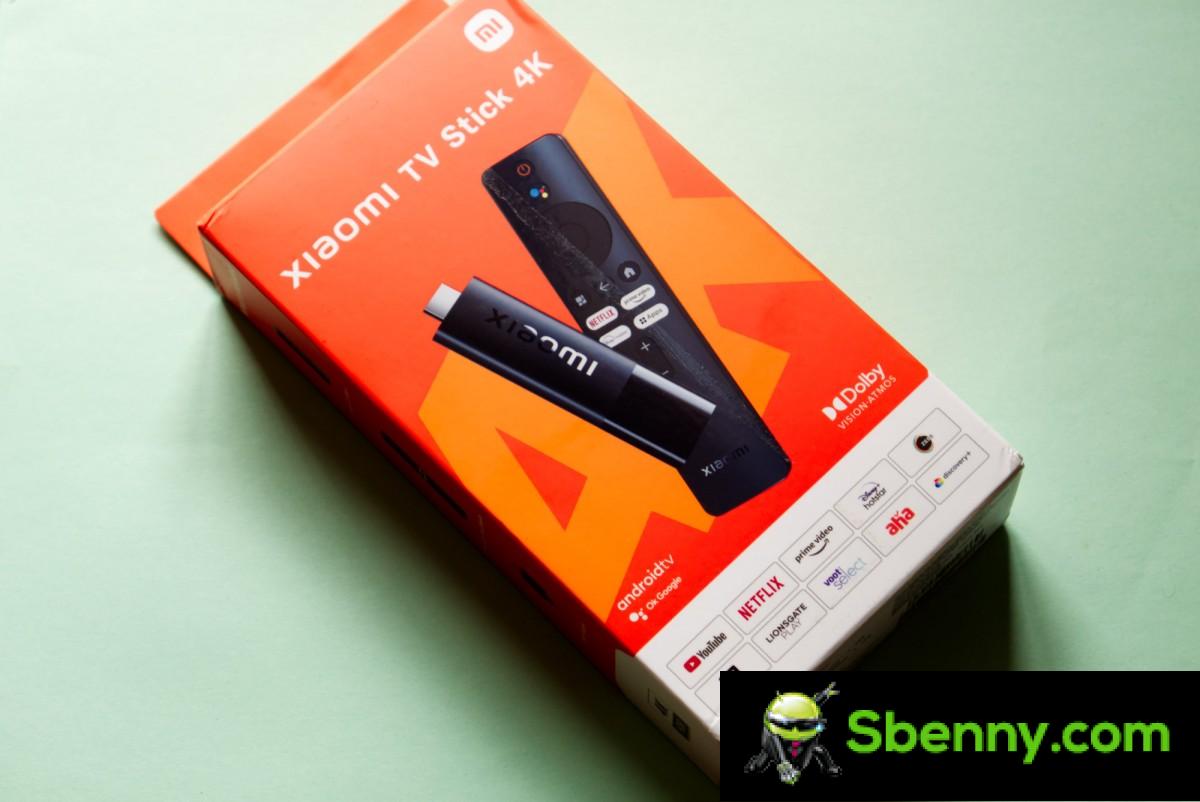
Streaming stick is a simple affair. It has a two-tone design with a matte and glossy finish, the latter doesn’t take long to get covered in scratches. On one side is the microUSB connector for the power cable and also an LED indicator for power. The connector protrudes the cable at a right angle, which is very likely to conflict with any other HDMI cable next to it. Thankfully, the extension cord makes this not a problem.
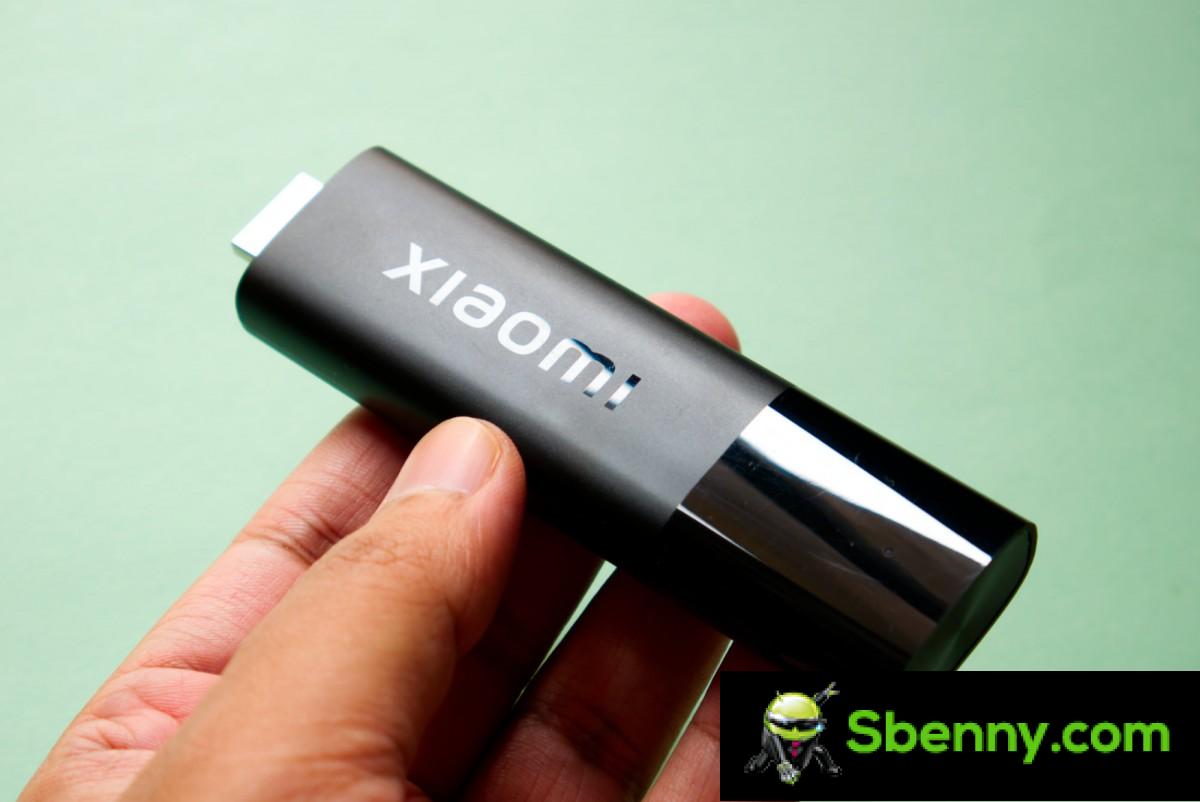
The Bluetooth remote has a very common design, with a large, easy-to-reach D-pad and shortcut buttons for sponsors content partners. The remote also has an IR blaster for use with TVs, allowing you to use one remote for all your multimedia needs.
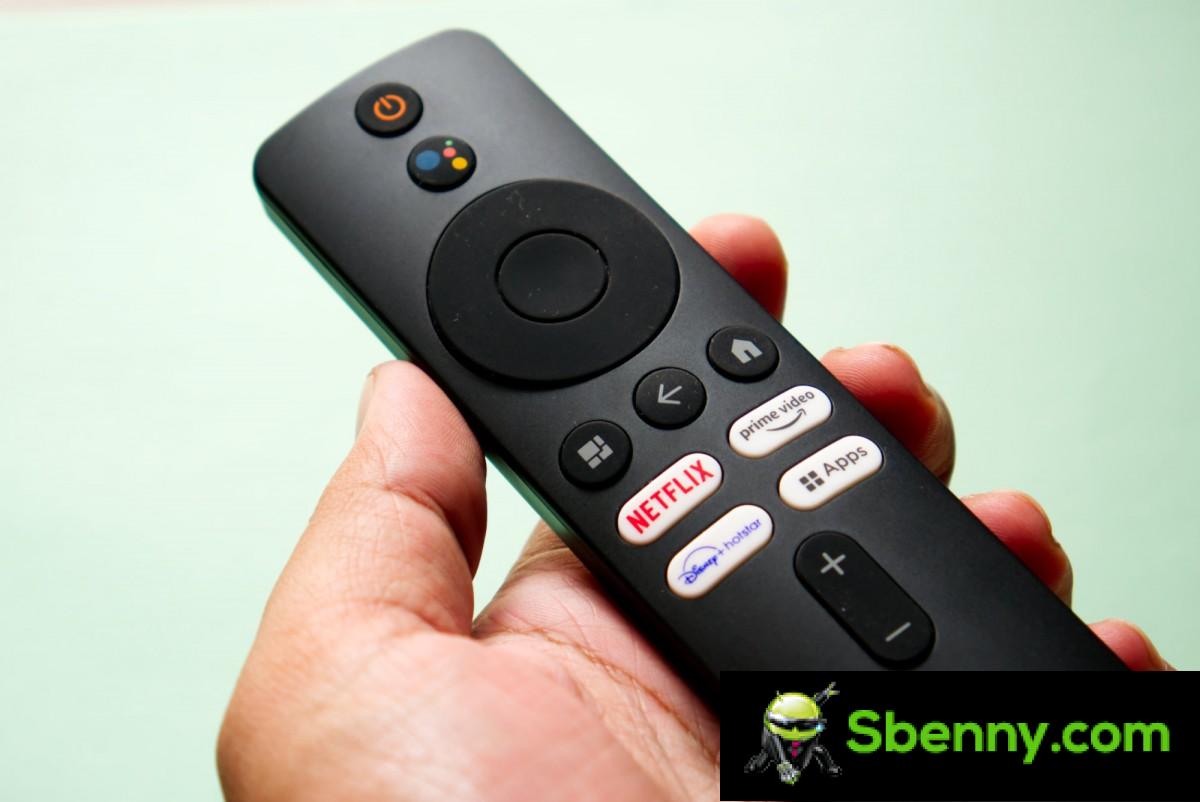
The remote control is light and comfortable to hold. The design also makes it easy to tell the right orientation without looking. The plastic and rubber feel a little sticky but acceptable for the price. However, it feels inferior to Fire TV remotes, both in terms of button layout and general build quality.
Software and features
Xiaomi TV Stick 4K runs on Android TV 11 with Google TV interface. The device is powered by what appears to be the Amlogic S805X2 with quad-core Cortex-A35 CPU and Mali-G31 MP2 GPU. There is also 2GB of RAM and 8GB of storage, of which approximately 5.2GB is available to the user.
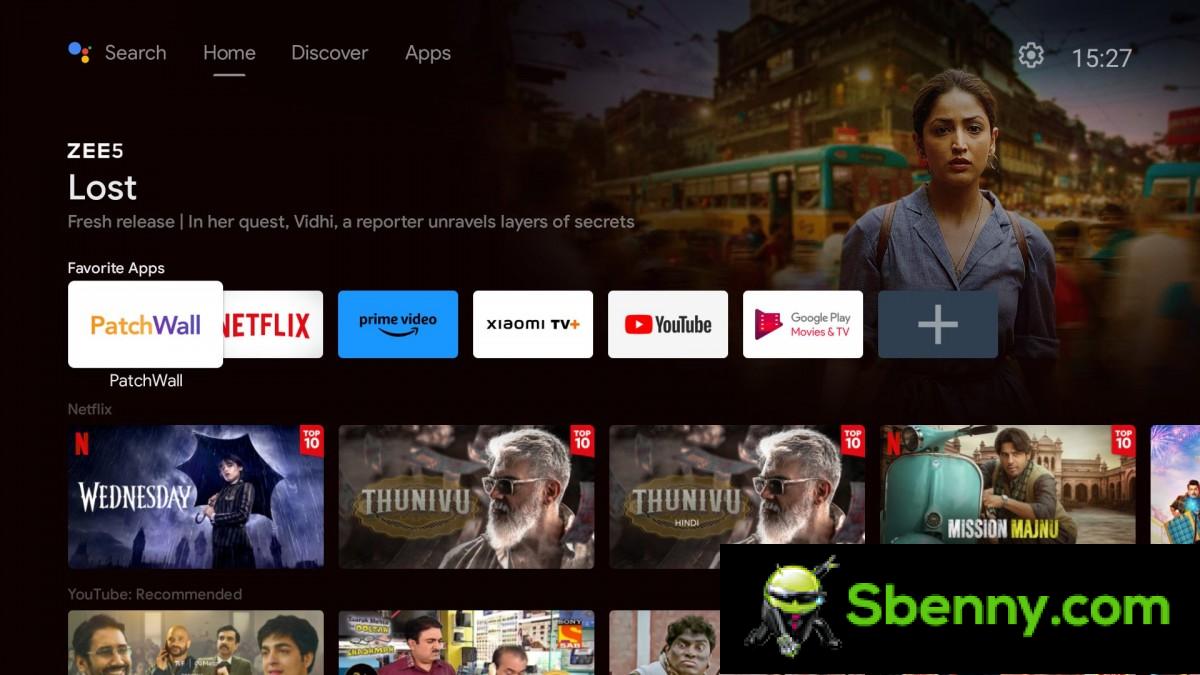
The new Google TV UI is not fundamentally different from the old Android TV UI. The home screen allows you to pin apps and also choose “channels” from installed apps to display content on the home screen. The Discover tab displays suggested content from installed apps and other apps, and uses your Google Account to sync and personalize it. Apps shows all installed programs and is organized into regular apps and games.
Xiaomi also has its own PatchWall UI, which essentially does the same thing as the Discover app. They both like to show you content from different services and present it to you as if you can access it at any time until you click on one and are asked to first install the app it came from and then sign up for a subscription that will it immediately clicks back and never bother you again.
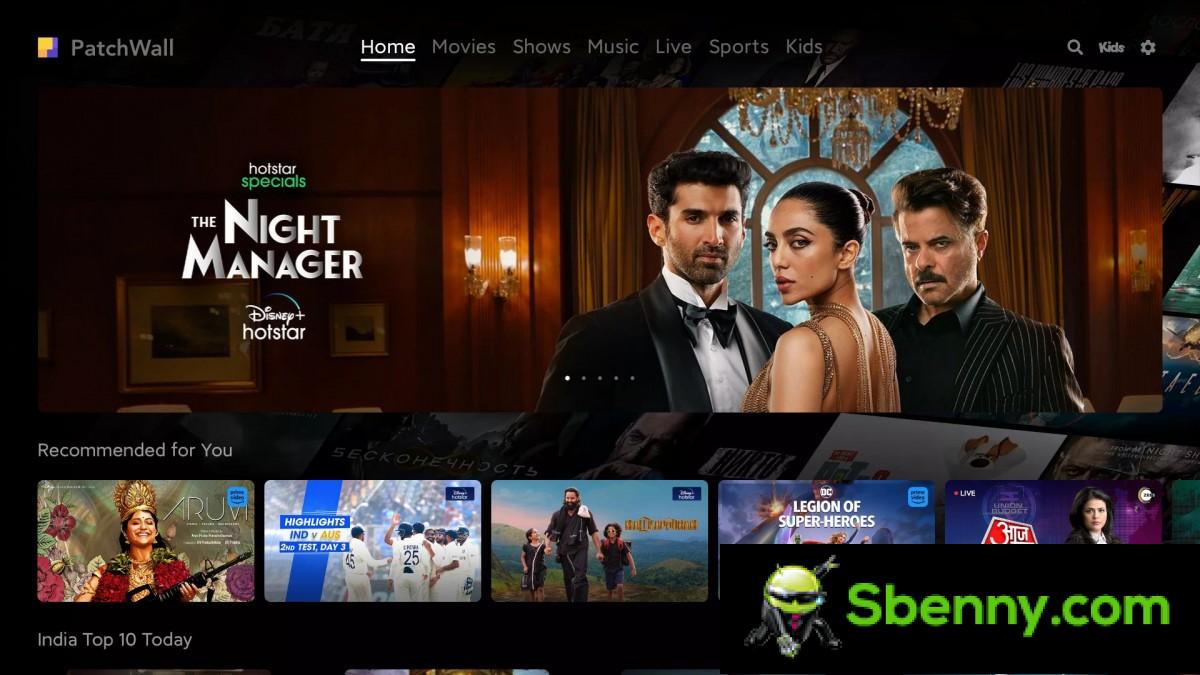
In my experience, these hubs aren’t really of much use. At best it serves as a way to search multiple services at once in case you’re looking for a particular movie or TV show and want to see if it’s available anywhere.
Xiaomi TV Stick 4K comes with several pre-installed apps, most of which cannot be removed. These are largely just streaming media apps along with PatchWall, Miracast, and a WallPaper app.
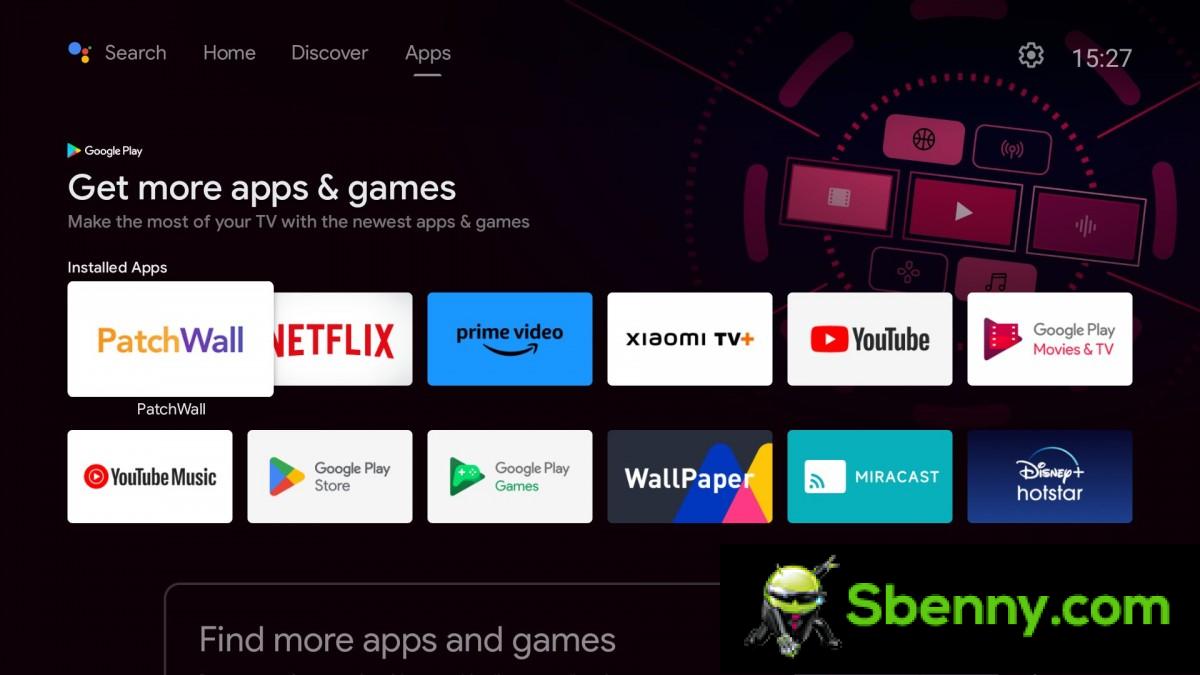
Also included is Xiaomi TV+, a live TV application. It’s completely free and doesn’t require you to log in, so you’ll always have something to watch even if you’re not subscribed to any service. The available content is fine in a “I have nothing to do in this hotel room so let me cycle through all the channels” but the app is often too slow to start playing and often throws a “Can’t play the This object failed.
Chromecast remains a great feature of Android TV devices. Being able to cast video or audio from almost any app along with your phone, tablet, or desktop browser screen is incredible—something Fire TV devices simply don’t offer, at least not with the same level of ease or ubiquity.
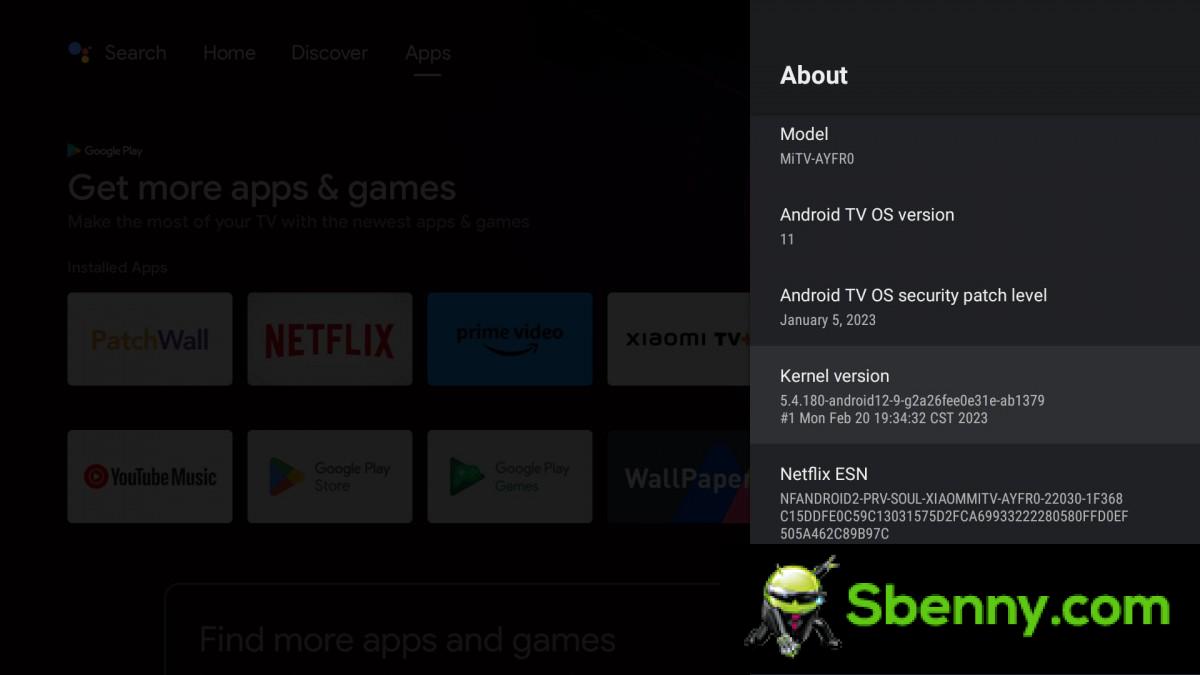
The settings menu for the Xiaomi TV Stick 4K features only a handful of options. You can enable the “Match content dynamic range” option, which is off by default. This setting ensures that the device only outputs in HDR when playing HDR content instead of always outputting in HDR. This is definitely something you should enable; the only reason companies like to leave it off is to avoid a one-second blackout of the screen when you start or stop an HDR video as the TV switches back and forth between HDR and SDR. This really isn’t a big deal, and it’s definitely not a reason to leave HDR on all the time.






Settings
The only other output-related settings are the resolution and refresh rate options, which can simply be left on auto so that the device always outputs the maximum combination supported by the display. Unfortunately, there’s no way to match the refresh rate of the output to that of the content, something you find on Fire TV and Apple TV devices. Xiaomi TV Stick 4K will always output at whatever resolution and refresh rate you set. You could just manually set the device to 24Hz if you’re bothered by telecine jitter in 24p content, but that will take a huge loss to UI smoothness elsewhere.
Overall, the software experience on the Xiaomi TV Stick 4K is fine, but it still doesn’t feel as polished and intuitive as the Fire TV UI. Android TV often looks like a phone UI that is shod onto a TV with a certain level of clutter that it can’t get rid of, no matter how much you rebrand it. None of these are Xiaomi’s faults, per se, but it is what it is.
Performance
Xiaomi TV Stick 4K has good audio and video performance. And by good, I mean it’s a benchmark quality. This means that essentially everything looks and sounds as it should, which is what you expect from any video and audio source. The quality ultimately depends on the content as the chipset does not color it in any way before passing it through.
As for videos, the Xiaomi TV Stick 4K supports HDR10 and Dolby Vision. This covers most HDR content on the internet as a lot is Dolby Vision these days and almost all of it is at least HDR10. However, the device supports neither HDR10+ nor HLG. The jury is still out on the relevance of HDR10+ as Amazon is still the only major company streaming it without also offering a Dolby Vision alternative.
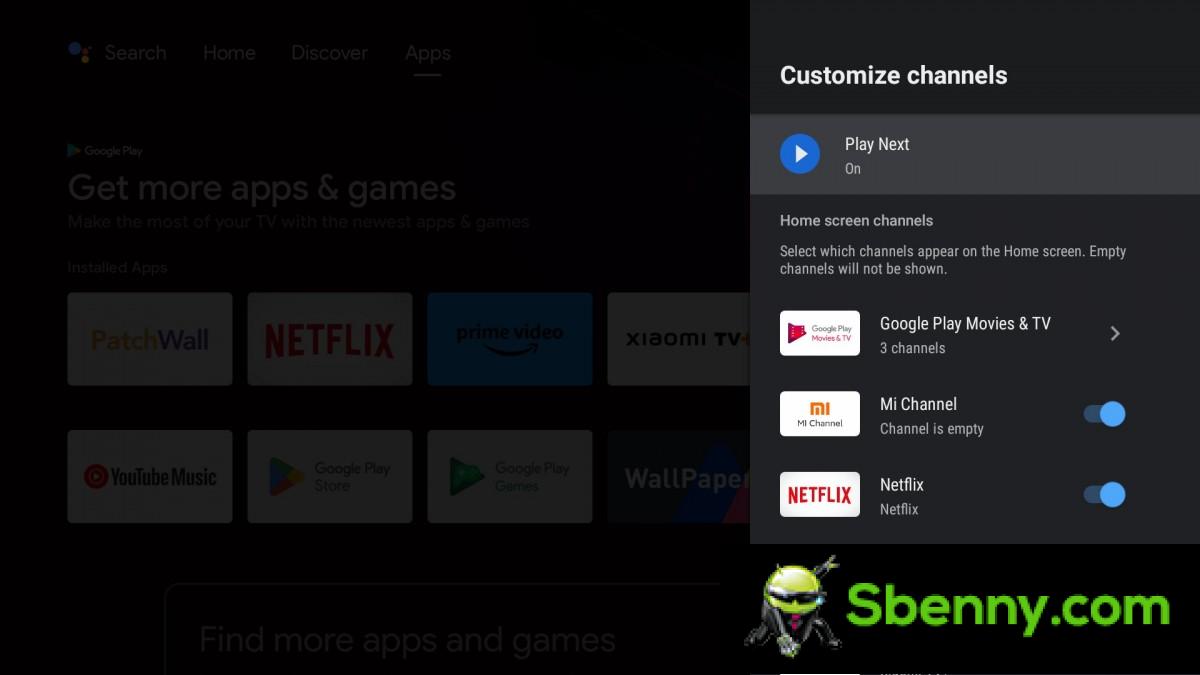
However, a lot of HDR content on YouTube is in HLG as it is often the default format for most cameras that support HDR recording. Also, because it’s fundamentally different from other HDR standards, YouTube doesn’t offer HDR10 fallback in case HLG isn’t supported, so the content plays only in tone-mapped SDR. This leaves a large chunk of HDR content on the largest streaming site unavailable on the Xiaomi TV Stick 4K.
UI performance was fine on the tested firmware. Navigating through the home screen and app list was smooth and responsive. Navigating through most apps was also fine. Some parts of the user interface cause slowdowns when loading data, such as the Discover tab. The Play Store seems slow too, but then again, when has the Play Store scrolling experience ever been good on any device? Aside from that, UI performance was solid, even when playing 4K HDR video at 60fps.

What isn’t solid is the gaming experience. While a media player is hardly the best choice for games, you can install some games from the Play Store. The Xiaomi TV Stick 4K simply lacks the GPU power to play games, even basic ones like Crossy Road. Therefore, it is best to avoid them altogether.
You will have much more fun just by streaming a game. It was relatively easy to install and set up the Steam Link on the device, and within minutes I was able to play Elden Ring on the Xiaomi TV Stick 4K as it streamed from my desktop PC. It was actually quite fun to move the character with the D-pad on the remote, which adds a whole new level of difficulty if Miyazaki’s latest box of horrors were too easy for you. The latency is noticeable to an experienced gamer, but shouldn’t be disruptive to casual gamers on simple games.
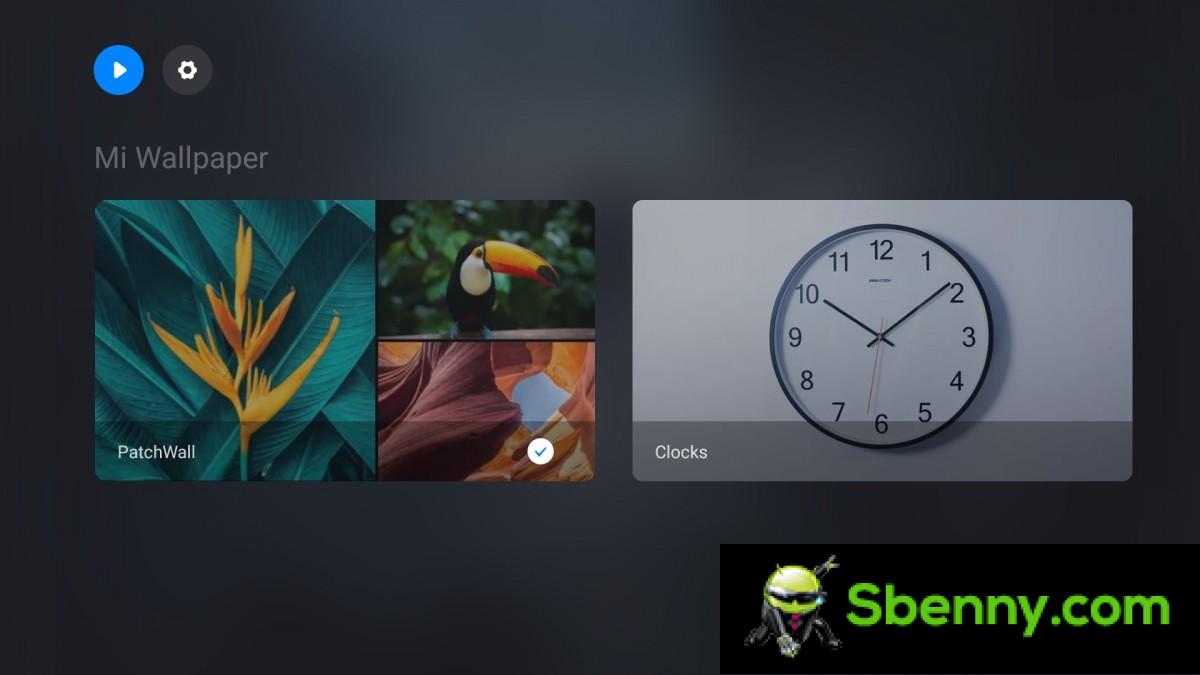
Connectivity performance on the unit was good. Wi-Fi was reliable if a little slow to connect after the device woke from sleep. Bluetooth worked well too, and the latency was low enough for using wireless headphones without noticeable lag. The only minor issue here is Xiaomi’s claim of HDMI 2.1 support, which it almost certainly lacks in terms of bandwidth, but the HDMI forum lets manufacturers get away with claiming HDMI 2.1 support on an HDMI 2.0 device simply supporting one or more HDMI 2.1 features so here we are.
Conclusion
Xiaomi TV Stick 4K is quite a capable media player for the money, offering good audio-video quality and UI performance. Unfortunately, the lack of HDR10+ and HLG could be a problem for videophiles looking for a fuller HDR experience.
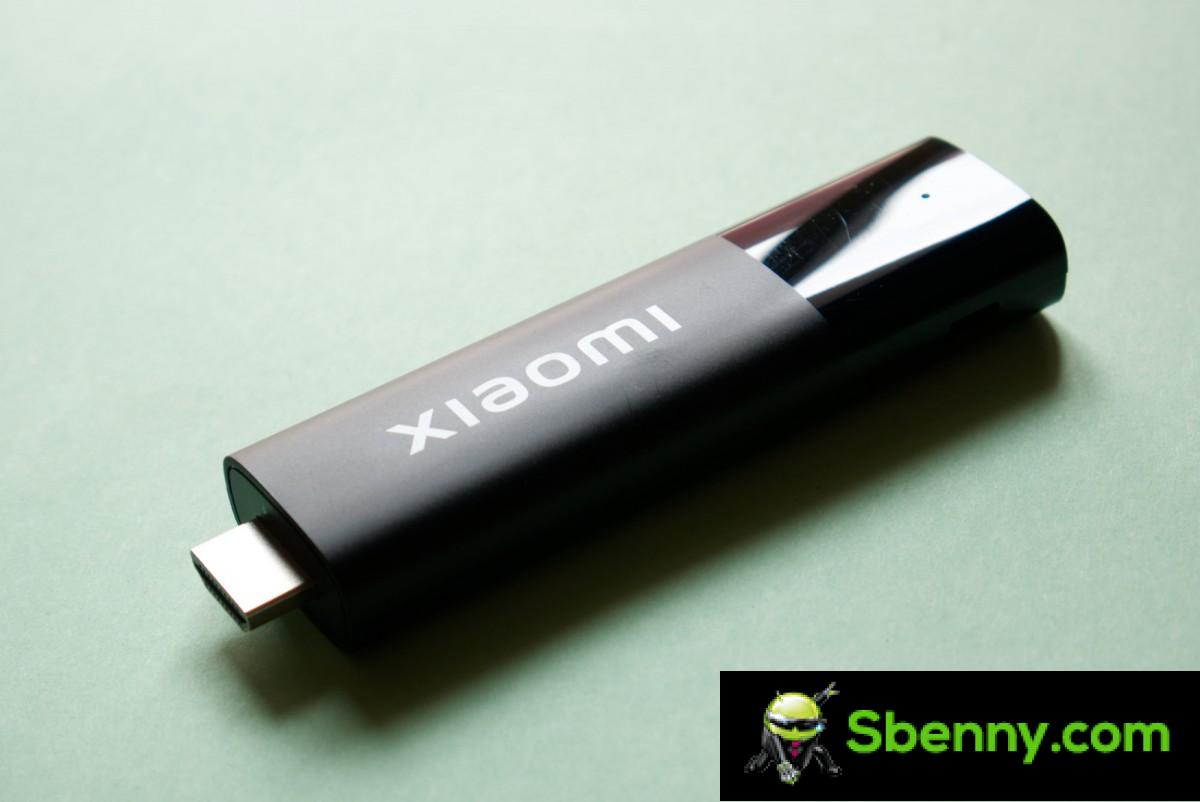
Unfortunately for Xiaomi, the Fire TV Stick 4K has no such limitations. It also has a better UI and remote, and considering it’s identically priced, it’s the best media player overall.
However, if you’re more rooted in the Google ecosystem and don’t mind imperfect HDR support, the Xiaomi TV Stick 4K is also a good option.







Start a new Thread